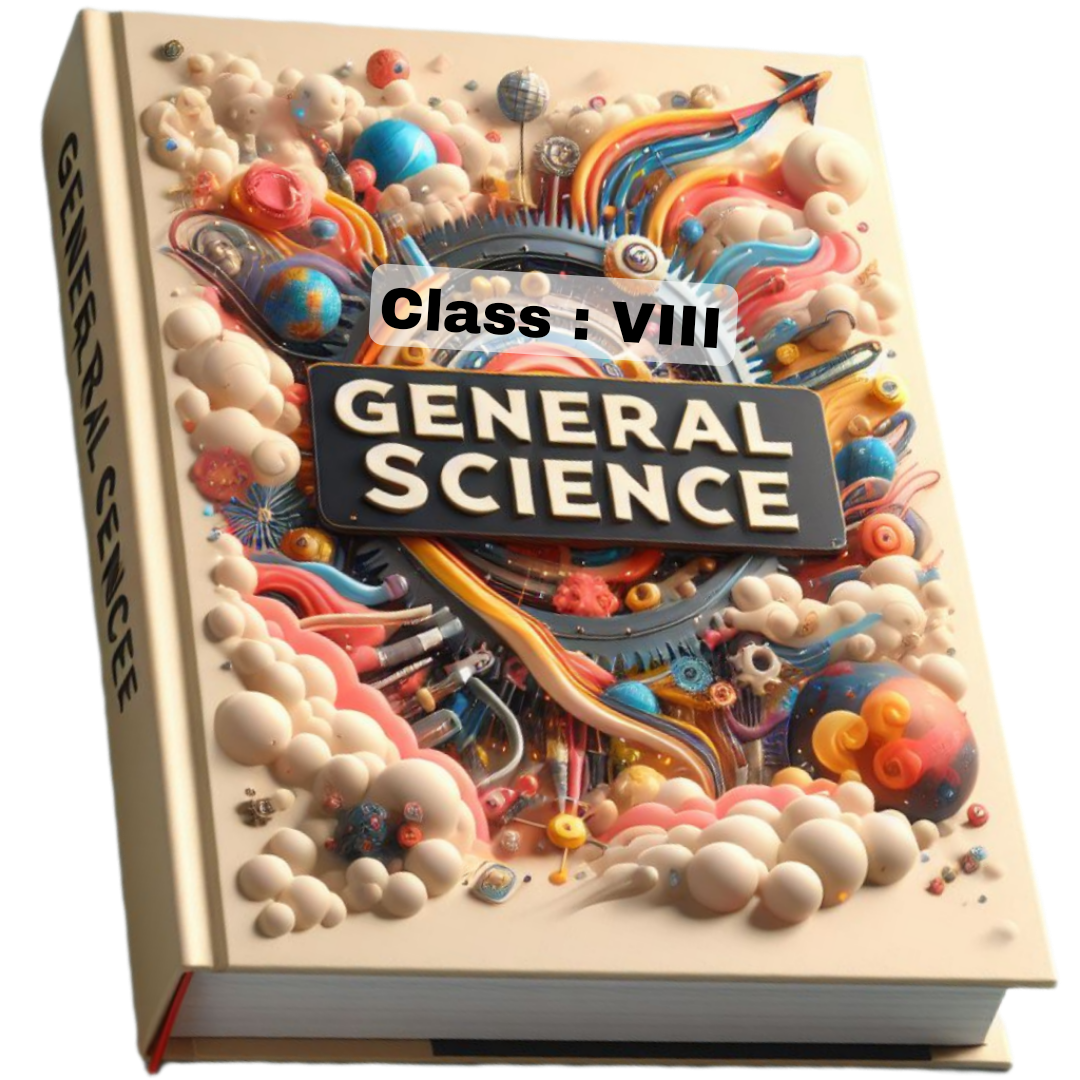1. Introduction
The gene, the fundamental unit of heredity, has undergone a profound conceptual evolution throughout the history of genetics. This evolution marks a journey from a purely abstract and theoretical construct, deduced from phenotypic observations, to a precise, tangible molecular entity with a defined structure and function. The dichotomy between the classical (or Mendelian) concept and the molecular concept of the gene represents one of the most significant paradigm shifts in modern biology. This assessment will delineate the core principles of each concept, highlight their key differences, and discuss how the molecular perspective resolved the limitations of its classical predecessor, ultimately providing a more comprehensive, albeit complex, understanding of heredity.
2. The Classical Concept of the Gene
Emerging from the work of Gregor Mendel and later solidified by Thomas Hunt Morgan and his colleagues through fruit fly experiments, the classical gene was an inference-based model.
Key Characteristics:
· Unit of Function: The gene was viewed as the fundamental unit of hereditary function controlling a single, specific phenotypic trait (e.g., gene for seed colour, gene for wing shape). This aligned with the "one gene-one function" hypothesis.
· Unit of Recombination: Genes were considered the smallest units that could be separated by crossing over during meiosis. The linear arrangement of genes on chromosomes was established, with map distances measured in centimorgans (cM) based on recombination frequencies.
· Unit of Mutation: A mutation was perceived as a change within a single gene that altered its function, leading to a variant phenotype (allele).
· Indivisible and Abstract: The classical gene was a "bead-on-a-string" model. Each gene was a discrete, indivisible particle on a chromosome. It had no physical or chemical identity; it was a conceptual unit defined solely by its effect on the phenotype.
· Fixed Identity: A gene was considered a continuous segment of a chromosome with a single, specific function.
Limitations of the Classical Concept: This model,while powerful for predicting inheritance patterns, faced several contradictions:
1. The Cistron Paradox: Fine-structure analysis of genes like the rII locus in bacteriophage by Seymour Benzer revealed that a gene was not indivisible. Mutations could occur at different sites (recons) within what was considered a single gene, and recombination could occur between them. This challenged the classical definitions of the gene as a unit of mutation and recombination.
2. One Gene-One Enzyme Hypothesis: While George Beadle and Edward Tatum's work supported the "one gene-one enzyme" idea, it soon became clear that many proteins are composed of multiple polypeptides, leading to the updated "one gene-one polypeptide" concept. However, even this was an oversimplification.
3. Complex Genes: The discovery of phenomena like overlapping genes, split genes (introns and exons), and alternative splicing could not be explained by the classical model.
3. The Molecular Concept of the Gene
The elucidation of DNA as the genetic material by Avery, MacLeod, McCarty, and later confirmed by Hershey-Chase, followed by Watson and Crick's double-helix model, provided the physical basis for the gene. This launched the era of molecular genetics.
Key Characteristics:
· Physical and Chemical Identity: A gene is defined as a specific nucleotide sequence within a DNA (or RNA) molecule. It has a precise physical location (locus) on a chromosome.
· Functional Definition: A gene is a segment of DNA that codes for a functional product, which is most commonly a polypeptide or a functional RNA molecule (e.g., tRNA, rRNA, miRNA).
· Complex Structure: The molecular gene is not continuous. It includes:
· Coding sequences (exons): Sequences that are translated into amino acid sequences or form functional RNA.
· Non-coding sequences (introns): Intervening sequences that are transcribed but spliced out of the primary RNA transcript.
· Regulatory sequences: Promoters, enhancers, and silencers that control the transcription of the gene but are not part of the transcribed region itself.
· Discontinuity of Function: The molecular view dissolved the classical trinity of function, recombination, and mutation into separate definitions. A codon is a unit of function, a nucleotide pair is a unit of mutation, and a single base can be a unit of recombination.
4. Key Differences: A Comparative Analysis
Feature Classical Concept Molecular Concept
Nature Abstract, hypothetical unit Physical, chemical entity (DNA/RNA sequence)
Definition Defined by its phenotypic effect Defined by its molecular sequence and product
Structure Indivisible "bead" on a chromosome Complex, often discontinuous (exons, introns)
Function One gene - one trait / one function One gene - one polypeptide/functional RNA
Units Gene is the unit of function, mutation, and recombination Function (codon), Mutation (nucleotide), Recombination (any homologous point)
Regulation Largely ignored or not understood Integral part of the gene (promoters, enhancers)
Alleles Alternative forms causing trait variation Different nucleotide sequences at the same locus
5. Resolution of Classical Paradoxes
The molecular concept elegantly resolved the limitations of the classical model:
· Benzer's Cistron: The molecular gene is synonymous with the cistron (the unit of function defined by the cis-trans complementation test). A cistron is essentially a DNA sequence encoding a single polypeptide chain. This reconciled the divisibility of the gene for mutation/recombination with its functional unity.
· Split Genes and Splicing: The discovery of introns and exons explained how a single gene could be discontinuous. Alternative splicing further demonstrated how one gene could produce multiple different mRNA isoforms and consequently, multiple protein variants, shattering the simplistic "one gene-one polypeptide" rule.
· Overlapping and Nested Genes: The molecular view allowed for the discovery of genes within genes and overlapping reading frames, which are impossible in the classical "bead-on-a-string" model.
6. Conclusion and Synthesis
The transition from the classical to the molecular concept of the gene was not a simple replacement but a transformative expansion. The classical concept remains the cornerstone of transmission genetics, providing the essential framework for understanding patterns of inheritance, genetic mapping, and pedigree analysis. It is phenomenologically correct at the level of the organism.
However, the molecular concept provides the mechanistic underpinnings for these patterns. It explains how and why genes function, mutate, and recombine. It introduced a new layer of complexity, revealing gene regulation, genomic architecture, and the flow of genetic information as defined by the Central Dogma (DNA → RNA → Protein).
In conclusion, the classical gene is a conceptual unit of inheritance, invaluable for predictive genetics. The molecular gene is a physical unit of information, essential for explanatory biology. A modern, holistic understanding of genetics requires the integration of both concepts: using the power of Mendelian principles to track genes and the precision of molecular biology to characterize them. The gene is no longer a simple bead but a complex and dynamic set of instructions embedded within the genome.

.jpg)
.jpg)



















0 Comments